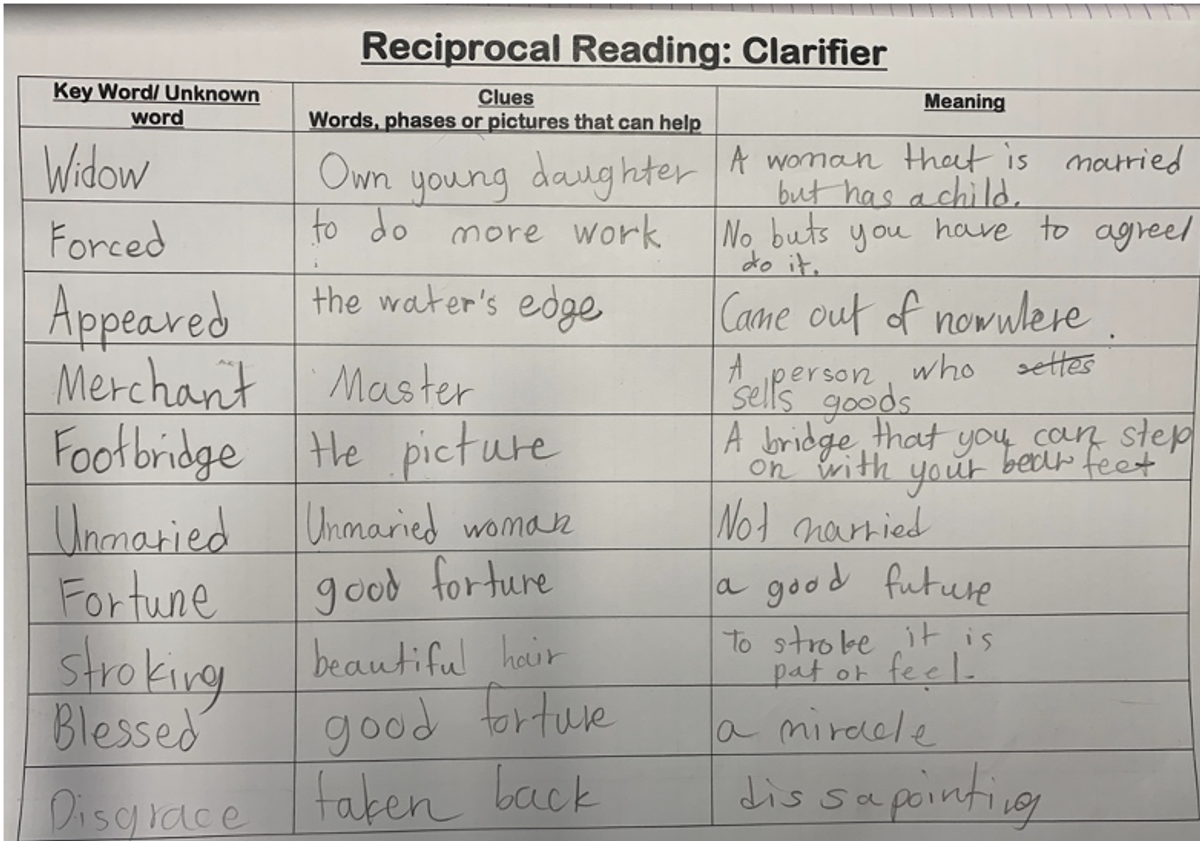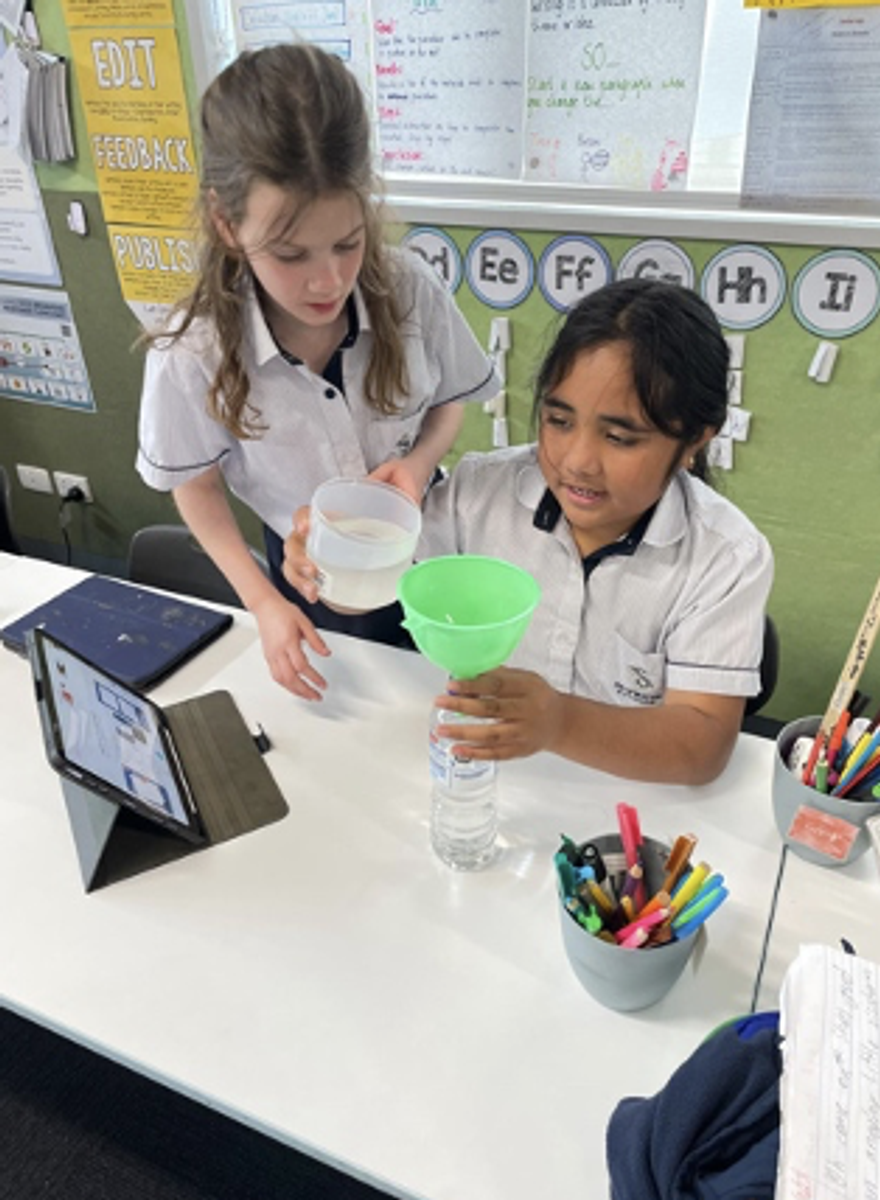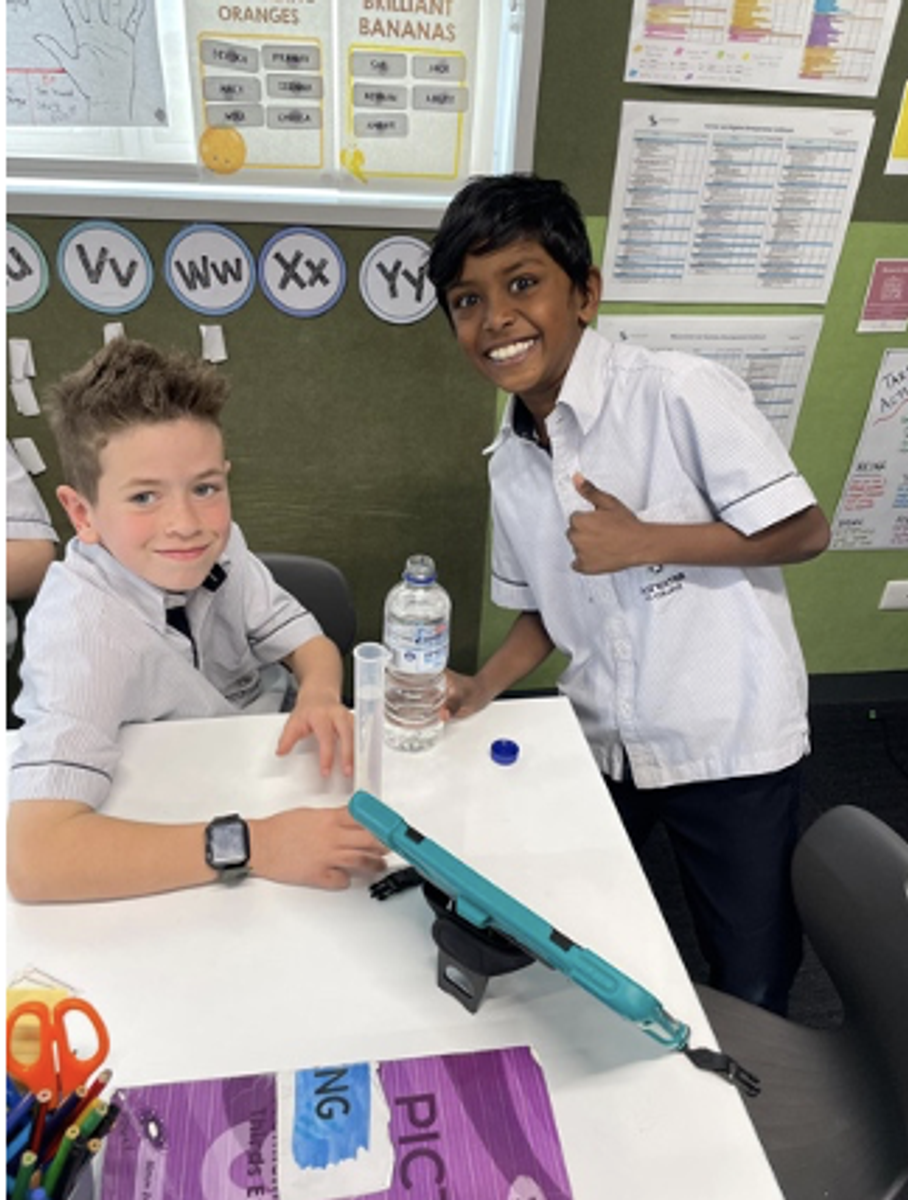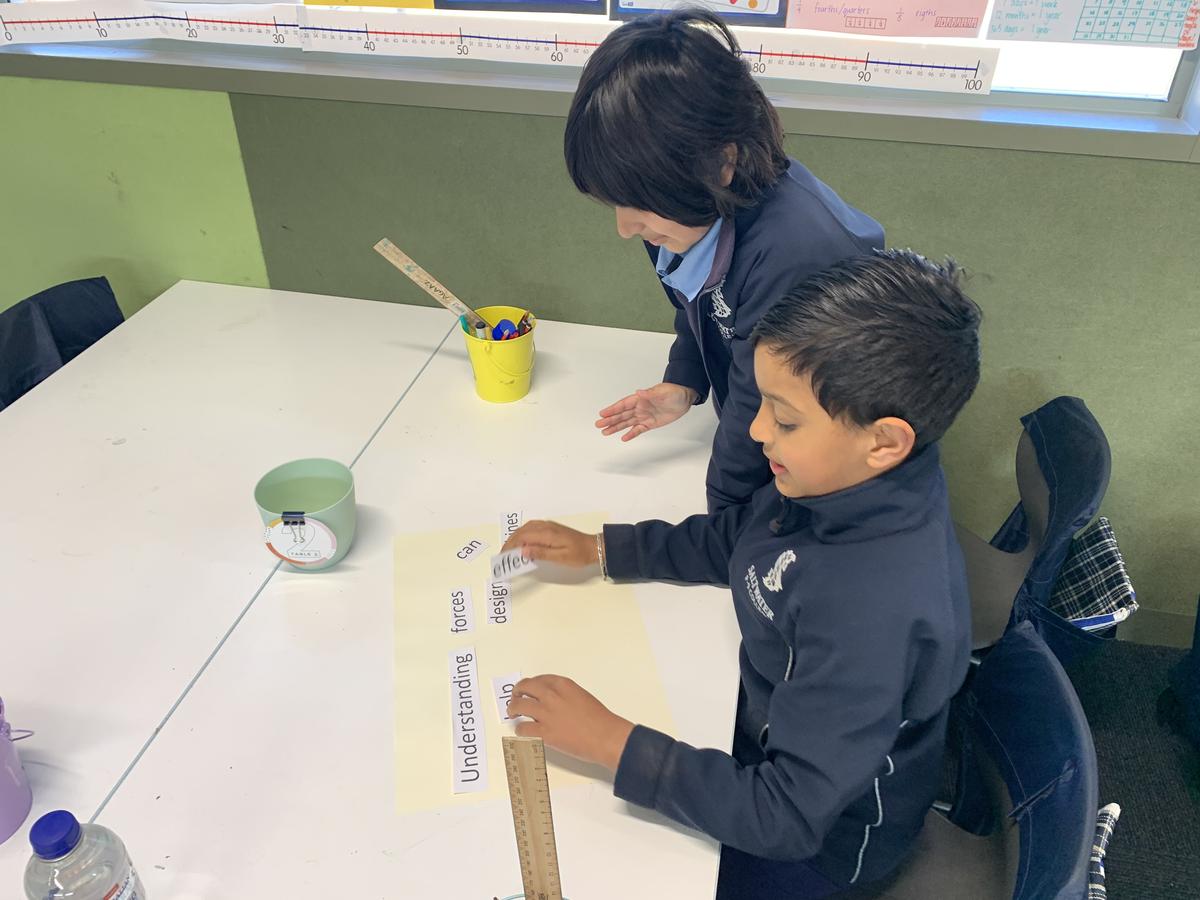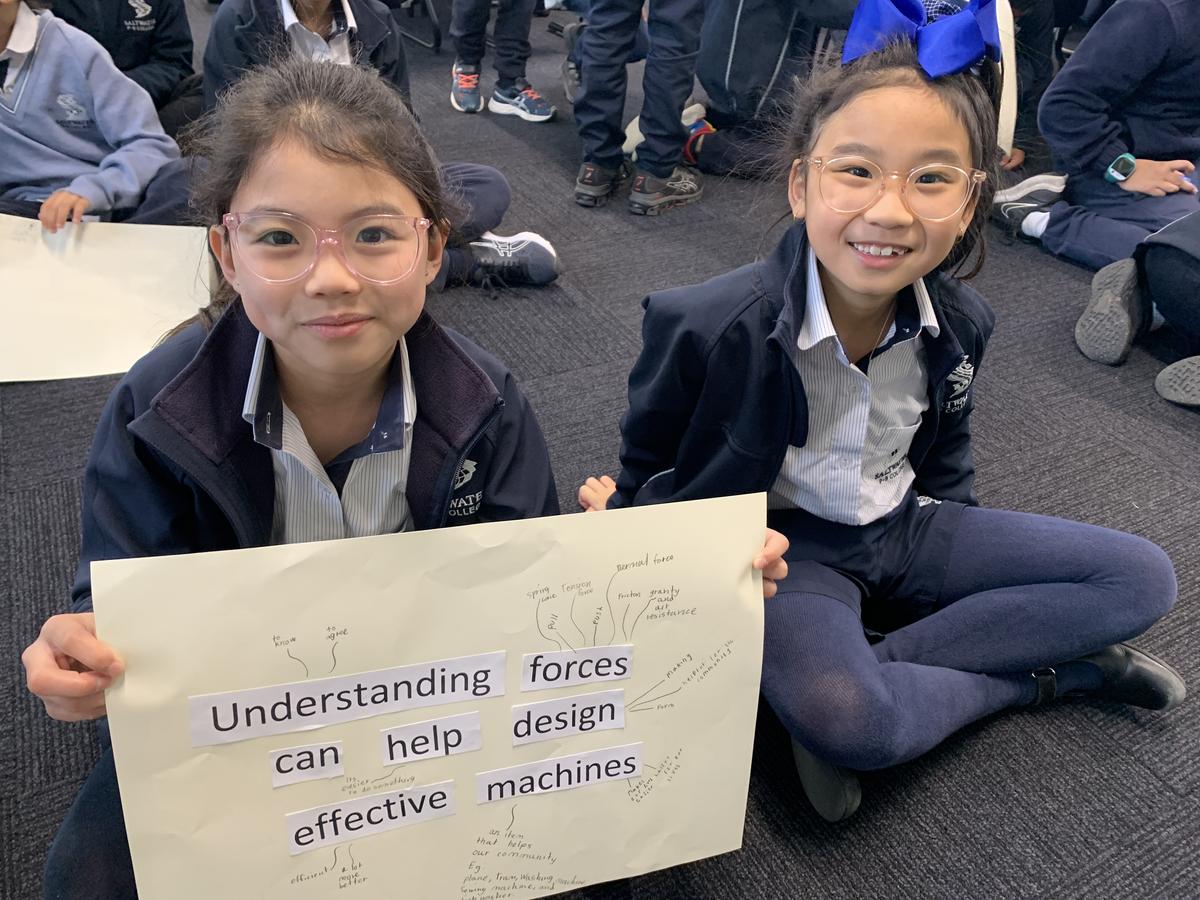Year Three

Dear Parents and Carers,
The Year Three students have been working hard in their learning over the past couple of weeks.
Reading:
In Reading, students have continued to learn about the Reciprocal Reading strategies. In Week 9, students learnt about clarifying in reading. Clarifying is a skill that helps readers address any confusing words, phrases or parts of a text that do not make sense while they are reading. Clarifying is a skill we use as readers to help improve our overall understanding of a text.
Our Year Three students read a variety of texts and used the clarifying resource tool to identify unfamiliar words or phrases from texts they were reading. From here, students clarified the meaning of words and phrases to help them better understand a text.
In week 10, students learnt how to make connections in reading. Making connections is a reading strategy that helps students find meaning in a text by connecting it to their background knowledge. Students read a variety of texts, where they made text-to-text connections, text-to-self connections and text-to-world connections.
Writing:
In Writing, students have been participating in creative writing experiences. Students have evaluated their writing samples using a rubric to identify a writing goal they need to work on to improve. From here, students have had the opportunity to practise their writing goal to effectively improve and make their writing more engaging for the reader.
Some goals that our students have chosen to improve on are listed below:
- Using punctuation effectively
- Using sizzling starters to engage the reader
- Describing a setting in detail
- Describing a characters traits and actions in detail
- Using paragraphs to separate ideas
- Revising and editing
Mathematics:
In Mathematics, students learnt about volume and capacity. Capacity is the amount of liquid a container can hold. Volume is how much space an object takes up.
Students learnt about the difference between volume and capacity so they could compare them using formal units of measurement. Students ordered different objects measured in millilitres and litres, ordering these items from the least capacity to the most.
Students also solved real world problems involving volume and capacity using their knowledge of formal units of measurement.
For example: Ms Pearce’s mum sent her to the shops to buy one 3L bottle of soft drink. But the shop ran out, so she decided to buy smaller bottles of the size instead. How many bottles did she buy and what were the measurements of each bottle?
Students explored multiple strategies to find their answer and analysed the most efficient method to solve different problems.
Inquiry:
In week 9 and 10, the Year 3 students began their next Unit of Inquiry. Students in Year 3 participated in Provocation Day where they experimented with different types of forces.
Student activities on provocation day included:
- Playing 'tug-of-war' to explore ‘pull’ as a contact force
- Throwing an object the furthest to explore ‘push’ as a contact force
- Exploring which object can fall the fastest or slowest to explore ‘gravity and air resistance’ as a non-contact force
- Rolling a ball on different surfaces to explore ‘friction’ as a non-contact force
Students unpacked the Transdisciplinary Theme, ‘How the world works’ and had the opportunity to work in small groups to unpack the central idea, ‘Forces can help design effective machines.’ From here, students worked collaboratively to clarify what the words in our Central Idea mean.
Reminders:
- Term 4 starts on Monday 2nd October. Classroom doors open at 8:20am.
- The Year Three teachers have a special activity for students on Monday 2nd October.
Kind Regards,
The Year Three Teachers

